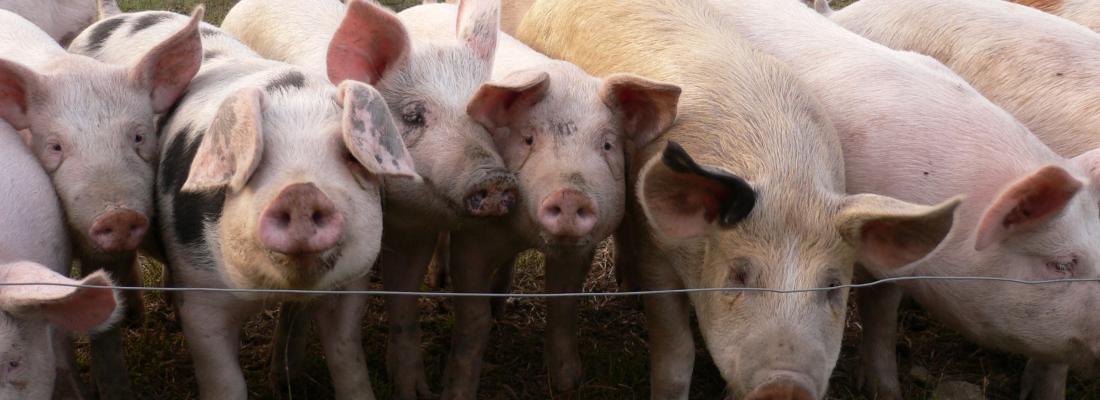Agroecology Reading time 5 min
Eco-friendly feed formulation for pigs: it's possible!
Published on 06 October 2021

Animal feeding has a major contribution to the environmental impacts of pig production. One potential way to mitigate such effects is to incorporate an assessment of these impacts in the feed formulation process. The objective of this study was to test the ability of innovative formulation methodologies to reduce the impacts of pig production while also taking into account possible effects on growth performance.
We compared three different formulation methodologies: least-cost formulation, in accordance with standard practices on commercial farms; multiobjective (MO) formulation, which considered feed cost and environmental impacts as calculated by life cycle assessment (LCA); and MO formulation, which prioritized locally produced feed ingredients to reduce the impact of transport. Ninety-six pigs were distributed between three experimental groups, with pigs individually weighted and fed using an automatic feeding system from 40 to 115 kg body weight. Based on the experimental results, six categories of impacts were evaluated: climate change (CC), demand in non-renewable energy (NRE), acidification (AC), eutrophication (EU), land occupation (LO), and phosphorus demand (PD), at both feed plant gate and farm gate, with 1 kg of feed and 1 kg of live pig as functional units, respectively.
At feed level, MO formulations reduced CC, NRE, AC, and PD impacts but sometimes increased LO and EU impacts. These formulations reduced the proportion of cereals and oil meals into feeds (feed ingredients with high impacts), while the proportion of alternative protein sources, like peas, faba beans, or high-protein agricultural coproducts increased (feed ingredients with low impacts). Overall, animal performance was not affected by the dietary treatment; because of this, the general pattern of results obtained with either MO formulation at farm gate was similar to that obtained at feed level.
Thus, MO diet formulation represents an efficient way to reduce the environmental impacts of pig production without compromising animal performance.
De Quelen, F.; Brossard, L.; Wilfart, A.; Dourmad, J.Y.; Garcia-Launay, F., 2021. Eco-Friendly Feed Formulation and On-Farm Feed Production as Ways to Reduce the Environmental Impacts of Pig Production Without Consequences on Animal Performance. Frontiers in Veterinary Science, 8: 14.
http://dx.doi.org/10.3389/fvets.2021.689012.
